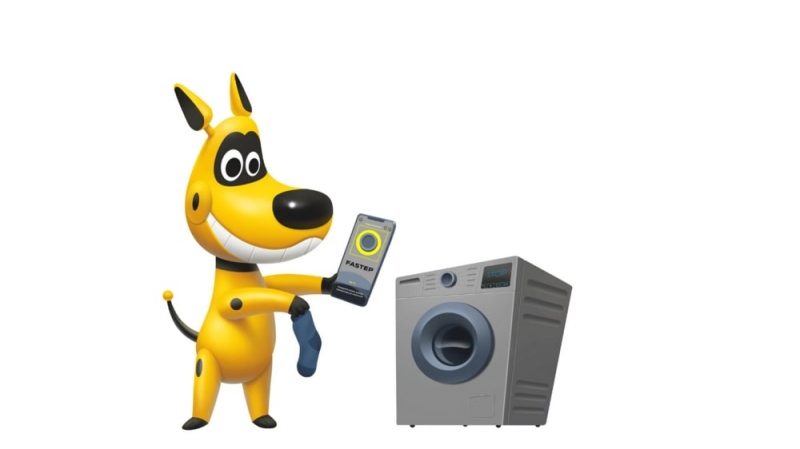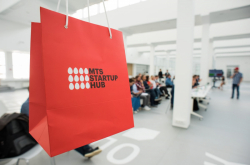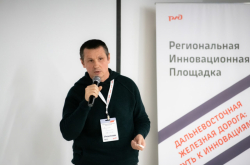The app FASTEP works in the following way. First, you point your phone at a device. Neural networks then recognize the latter’s class and model and check their database for relevant manuals. If these are present, you are offered several applicable manuals. You choose the one you’re interested in, and then point your phone’s camera once again to see the step-by-step guide in the augmented reality mode.
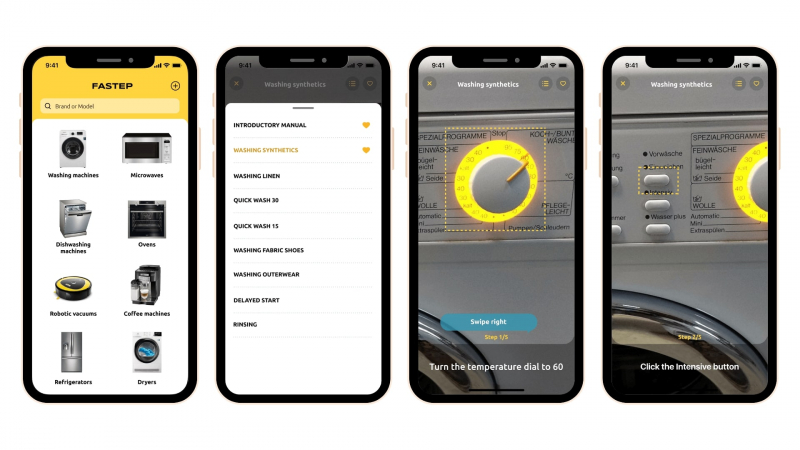
How did you come up with the idea for FASTEP?
Sergey Solyanik, CEO of Spider Group: We started focusing on augmented reality in 2013 – back then, we developed the app Fingo, which allowed you to see how a piece of furniture would fit in the interiors. And the idea of a remote assistant originated about three years ago. Initially, we planned it for field workers doing maintenance for industrial equipment, so that they could receive online consultations from experts. But the task turned out to be rather difficult, and we switched to a more in-demand solution for the B2C segment: autonomous manuals for household appliances. But at that point, weak devices didn’t allow us to build a fully-fledged space tracking, and it was because of that that we returned to this idea only last year.
Why do you believe that there will be a demand for such an app?
Alexey Lisovitsky, PR director at Spider Group: According to a 2011 marketing research, 40% of people use only a half of their devices’ functionality. And this is a problem: manufacturers invest in the development and implementation of functions that are invisible to the end user. Therefore, users feel like they’ve been tricked because they paid money for a purportedly sizable functionality which in the end they don’t get to use. But this is a misconception, since the appliances do in fact have all the declared functions but are too complex to operate. Customers don’t see the advantages they have paid for, and manufacturers and retailers bear additional costs to rectify their reputation by proving that the technology does work. We go off of the assumption that problems start at the stage of drawing up the manuals.
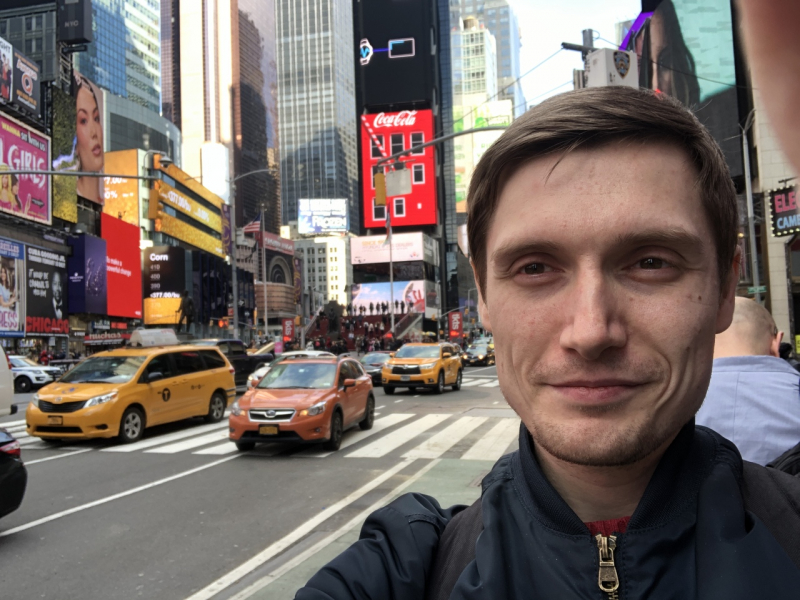
What’s wrong with traditional paper-based manuals? Why do they fail to work?
Alexey Lisovitsky: A manual isn’t just a set of commentary on how the technology works, but rather an important legal document that has to describe all potential hazards. The more detailed this description is, the more protected is the manufacturer. But as a result of this, manuals become incredibly hefty, and it becomes more and more difficult to use them to actually find something. In the end, customers just lose hope, and the manual essentially becomes useless. Just imagine, more than half of tech support’s working time is spent on explaining to clients the information that is already there in the manuals. In practice, we solve the problems of not only a device’s owner but also its manufacturer as oftentimes people resort to the internet for information. There, they get explanations from a blogger, but no one could guarantee this person’s actual competencies in the matter, and they could be explaining everything in such a way that will just tarnish the company’s image.
How do you collect information for the manuals?
Sergey Solyanik: We’ve made a list of equipment that internet users are most likely to search for. As of now, the app has 1,500 instructions – this is about 300 device models, considering that one model has several sets of instructions. We look for official information on manufacturers’ websites or ask for it directly. Then, our specialists process the information and form step-by-step instructions. We try to break down all ways of using a device into very simple and easy-to-understand steps.
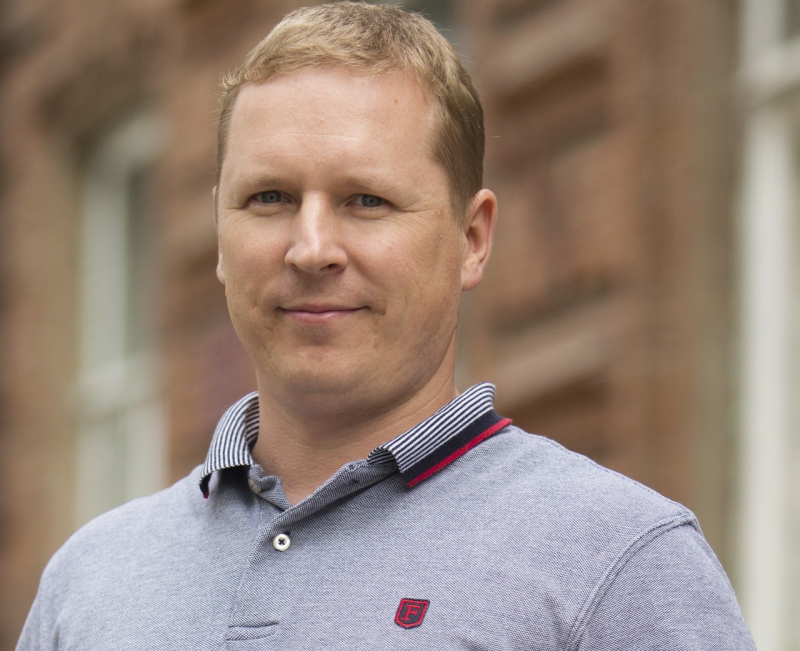
Who is working on the app now?
Sergey Solyanik: The project is implemented on the basis of Spider Group, which was founded back in 2000. From the very beginning, we specialized in various projects in the digital field: when the task of making websites was topical, we did that, then we moved onto the field of mobile development. Our staff is not a developer potpourri but a well-established team with members who have been working together for a long time.
Why did you decide to participate in ITMO Accelerator?
Sergey Solyanik: We applied for the program to get qualified help and correct the course of our product’s development. Initially, we believed that the app’s target audience is the end users of household appliances, but in the course of discussing the product with our mentor and the representatives of the company MTS, we realized that we also needed to aim towards the B2B segment.
Alexey Lisovitsky: I’ll add that ITMO Accelerator provided us with an interesting academic outlook on our business, and thanks to our mentor’s advice we have already optimized our product a little.
Speaking about development in the B2B segment, what format do you envisage this in?
Sergey Solyanik: The main functionality of the app won’t change much, it will still incorporate artificial intelligence and neural networks. But in order to create a remote assistant, we need to study the official documentation, and interact closely with the specialists that do equipment maintenance. Together, we will have to come up with comprehensible, standardized steps for solving specific tasks such as reviewing the equipment before the start of the shift.
So the B2B project moves beyond household appliances?
Sergey Solyanik: Yes, but we want to start with small tasks, and moving forward we can proceed to such complicated fields as the aviation industry.

Did you only go to ITMO Accelerator for consultations, or did you hope to also secure some funding?
Sergey Solyanik: At this stage, we’re not actively seeking to attract investments because at the end of last year we received a grant for the development of our project from the Foundation for Assistance to Small Innovative Enterprises. Currently, all our development is being done out of these funds. We’ll start attracting investments next year, in order to scale up and tap into other markets.
When will the app be released?
Sergey Solyanik: The app with basic functionality will launch on App Store and Google Play as soon as mid-June. We’re not planning to accompany it with a huge marketing campaign because we want to garner feedback from the first users, to see how comfortable they are with using the product.
How will the app develop until the end of the year?
Sergey Solyanik: We’re planning to move to our own augmented reality engine. It should improve the tracking and allow us to attach tags to space for an object of any shape. This is important because, for example, in a coffee machine, the button layout may extend beyond the front panel. We also want to expand the app with information on official service centers. Last but not least, a prospect for the next year is autonomous consultations, in other words, interaction with service center specialists. If a user can’t find a solution to their problem in the manual, or some abnormal malfunction occurs, they could contact service support and ask for help.
